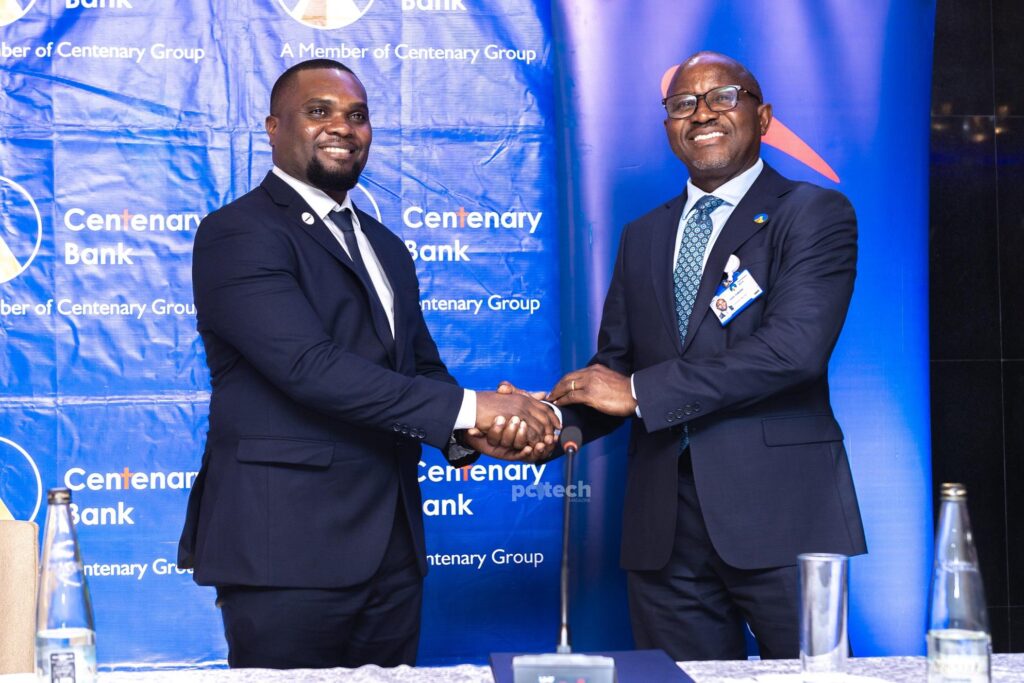Blockchain technology has enormous potential to change business structures, products, operating systems, and user experiences. To have a competitive advantage in the modern business world, it is necessary to have not only the result of the invention but also the process of invention. Nonetheless, like other ways to come, systemic adjustments will need to drive the popularization of blockchain innovation in enterprise.
Regardless of the fact that blockchain technology can be used in numerous ways, most of the projects in most sectors fail to deliver as expected or are not at an appropriate stage of maturity. Blockchain Development Services enable companies to create efficient, transparent, and safe digital solutions that are customised to meet their specific requirements.
A ledger or database that is distributed and shared among the nodes of a computer network is called a blockchain. Although they have applications outside of cryptocurrencies, they are most well-known for playing a vital part in cryptocurrency systems by upholding a safe and decentralised record of transactions. Any industry can use blockchain technology to make data immutable, or unchangeable. The only place where trust is required is when a user or program submits data, since a block cannot be altered. This lessens the need for reliable outside parties, such as auditors or other people, who can make mistakes and incur additional expenses.
How do blockchains operate?
Databases and spreadsheets may be familiar to you. Since a blockchain is an information system where data is input and stored, it is comparable in certain ways. The structure and accessibility of the data are the primary distinctions between a blockchain and a conventional database or spreadsheet.
A blockchain is made up of programs known as scripts that perform the same functions as a database, including entering and retrieving data as well as saving and keeping it in a location. Because a blockchain has been distributed, several versions are stored on numerous computers, and for them to be legitimate, they must all match.
Transaction data is gathered by the Bitcoin blockchain and stored in a 4MB file known as a block (block sizes vary throughout blockchains). A cryptographic hash algorithm is applied to the block contents after it is full, producing a hexadecimal value known as the header of the block hash.
Blockchain is used by smallholder farmers to ensure quality
Smallholder farmers typically plant and earn barely enough money to survive until the next harvest, despite generating a large portion of the world’s food. A blockchain-powered system called Decapolis monitors the quality of food production across the whole supply chain. Both the smallholder producer and the final customers at marketplaces gain throughout this quality control from the agricultural operation to the marketplace.
During every stage of production, small-scale producers utilise the Decapolis technology to record quality evaluations, including lab test results. Smallholders can use these records to verify that their products meet national and international food safety regulations because the blockchain is impenetrable.
Blockchain encourages unbanked people to have access to financial services
Because blockchain may facilitate financial empowerment for the populations we serve, it holds unrealised potential for WFP and humanitarian organisations as a whole. Consider WFP’s innovation project EMPACT, which links youth from communities experiencing food insecurity to the digital marketplace. Through freelance micro work platforms, kids in Kenya’s Kibera, Africa’s largest urban slum, are trained to carry out standard IT jobs. When there are no openings in the local employment market, they can do this to make money online, purchase their accommodation, and buy food.
Also read:
Using blockchain to increase knowledge sharing and co-innovation
Blockchain solutions are being used more and more in field projects in the development and humanitarian sectors. The development of innovative applications for blockchain technology that can further efforts towards the goal of sustainable development greatly benefits from information sharing and building on one another’s experiences. The Atrium wants to accomplish this.
The Atrium is a collaborative platform designed for experimentation that enables users to investigate each other’s blockchain apps and plant and cultivate new ideas in a “sandbox” setting. Three elements make up the Atrium: a GitHub repository for the development of UN applications for blockchain technology, a web-based communication platform with instructional materials and a forum, and the supporting infrastructure for configuring and executing blockchain prototypes.
See also: OP-ED: Blockchain technology will energize financial inclusion
The domains of climate impact, blockchain, and network effect
Experts have identified 52 programs that are working on addressing climate change in emerging markets after consulting with important stakeholders in the sector and doing a lot of desk research. Carbon Finance, Land Restoration, Ocean Conservation, Economic Inclusion, Climate Investment, Climate Insurance companies, and Agriculture are the eight impact categories into which these programs fall. With 41.2% of the efforts reported, Carbon Finance is the most represented.
The several sectors or disciplines in which the highlighted initiatives function and have a beneficial effect on climate action and emerging markets are referred to as impact areas in this context.
The fact that blockchains need storage is another important implication. Given how much data and information we already keep, this might not seem like much. But as blockchain usage increases over time, more storage will be needed, particularly for blockchains with nodes that store the full chain.



